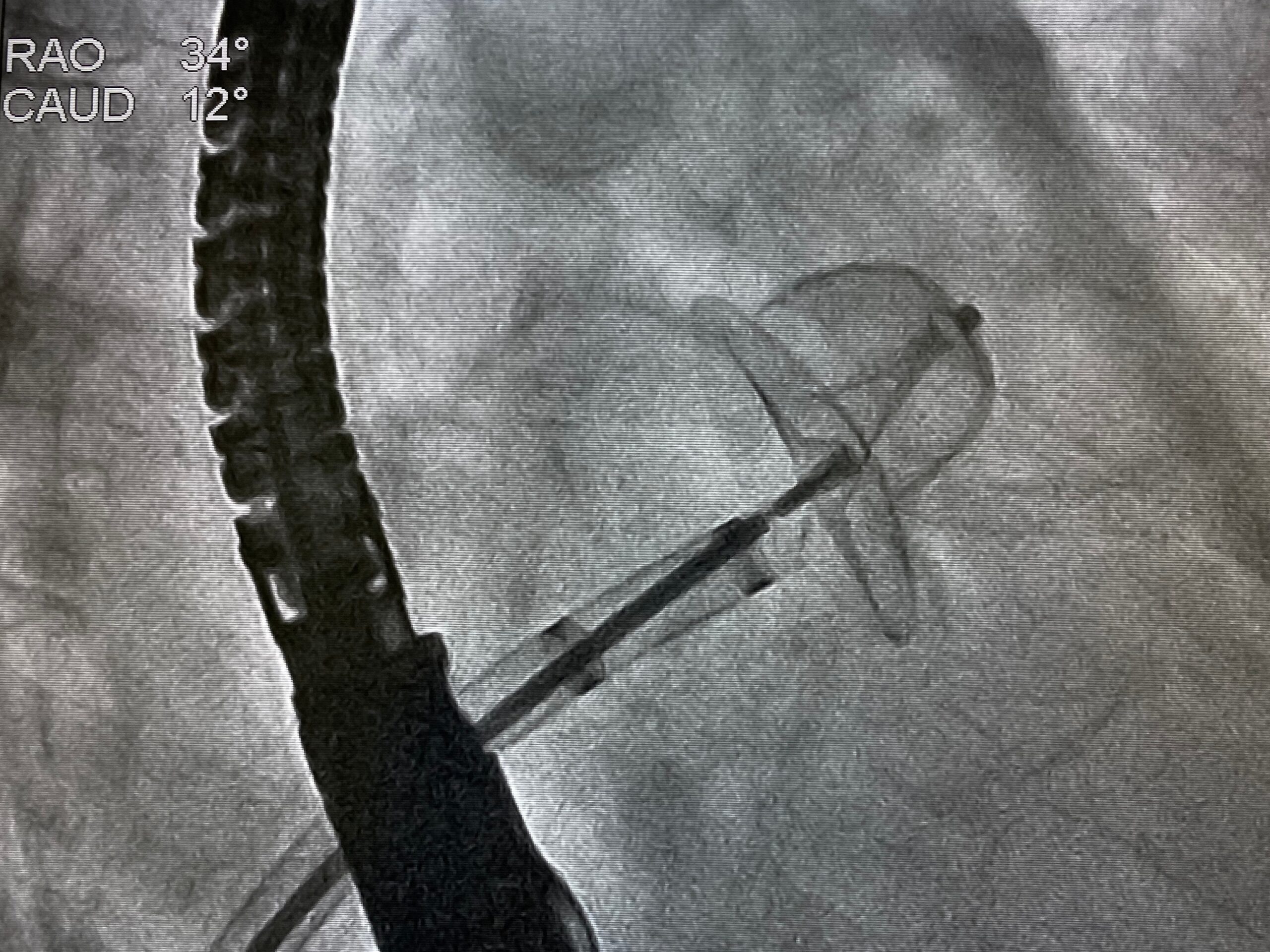
In a secondary cost-effectiveness analysis of the CABANA trial, researchers found that catheter ablation for atrial fibrillation was “economically attractive compared with drug therapy,” based on projected incremental quality-adjusted life-years (QALYs) but not life-years (LYs) only. The data were published in Circulation.
This analysis included all 2,204 participants from the CABANA trial. The cost of hospitalization was based on prospectively obtained bills from 1,171 US patients, while the physician and medications costs were based on the Medicare Fee Schedule and National Average Drug Acquisition Costs, respectively. The primary end point of the meta-analysis was the incremental cost-effectiveness ratio (ICER) between ablation and drug therapy.
Cost of Atrial Fibrillation Medication Therapy Versus Ablation
According to the report, the ablation group had, on average, $20,794 ± 1,069 higher costs in the first three months compared to drug therapy. With ablation, the cumulative within-trial five-year and mean lifetime costs were increased by $19,245 (95% confidence interval [CI], $11,360-$27,170) and $15,516 (95% CI, -$2,963 to $35,512), respectively.
Additionally, the authors estimated that the ablation arm gained an average of 12.6 LYs and 11.0 QALYs while the drug therapy arm gained 12.5 LYs and 10.7 QALYs. Therefore, the authors calculated an ICER of $57,893 per QALY gained—with 75% of model replications returning an ICER of less than $100,000 per QALY gained. The unadjusted ICER per LY gained was $183,318.
Overall, the researchers reported that catheter ablation for atrial fibrillation was cost-effective compared to drug therapy for QALYs gained but not for LYs gained, based on the findings of the CABANA trial and current benchmarks for health care value in the US.
Find More News and Research at the Atrial Fibrillation Knowledge Hub







 © 2025 Mashup Media, LLC, a Formedics Property. All Rights Reserved.
© 2025 Mashup Media, LLC, a Formedics Property. All Rights Reserved.